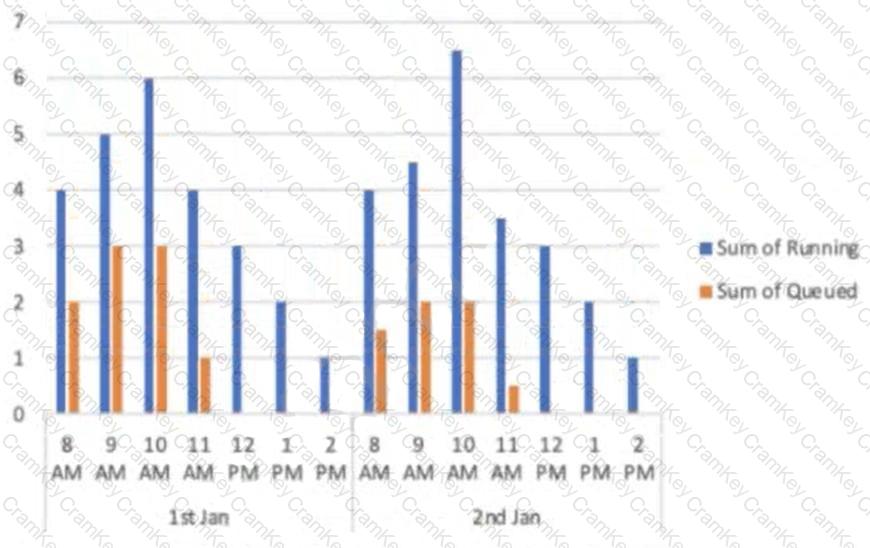| Exam Name: | SnowPro Core Certification Exam | ||
| Exam Code: | COF-C02 Dumps | ||
| Vendor: | Snowflake | Certification: | SnowPro Core Certification |
| Questions: | 893 Q&A's | Shared By: | bea |
A virtual warehouse is created using the following command:
Create warehouse my_WH with
warehouse_size = MEDIUM
min_cluster_count = 1
max_cluster_count = 1
auto_suspend = 60
auto_resume = true;
The image below is a graphical representation of the warehouse utilization across two days.

What action should be taken to address this situation?
What is the minimum Snowflake edition required to use Dynamic Data Masking?
A running virtual warehouse is suspended.
What is the MINIMUM amount of time that the warehouse will incur charges for when it is restarted?